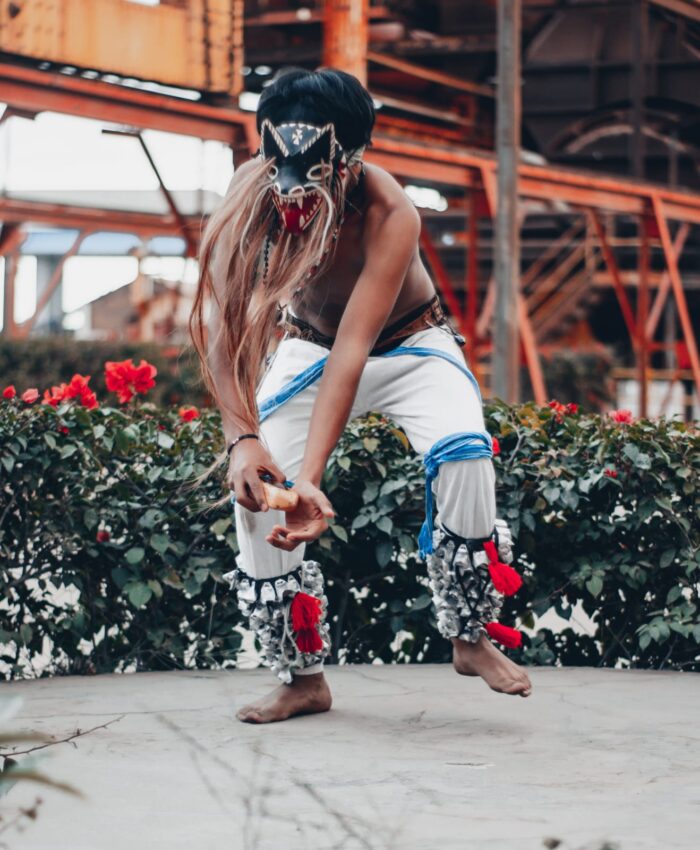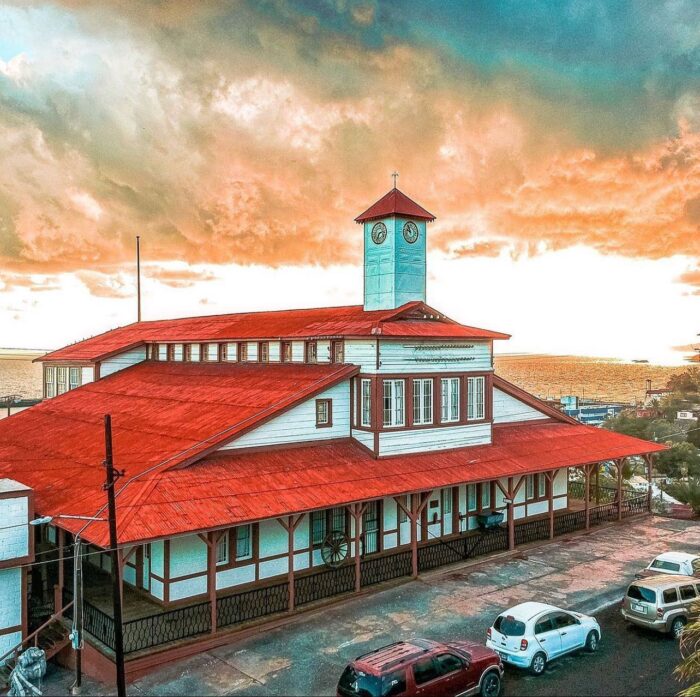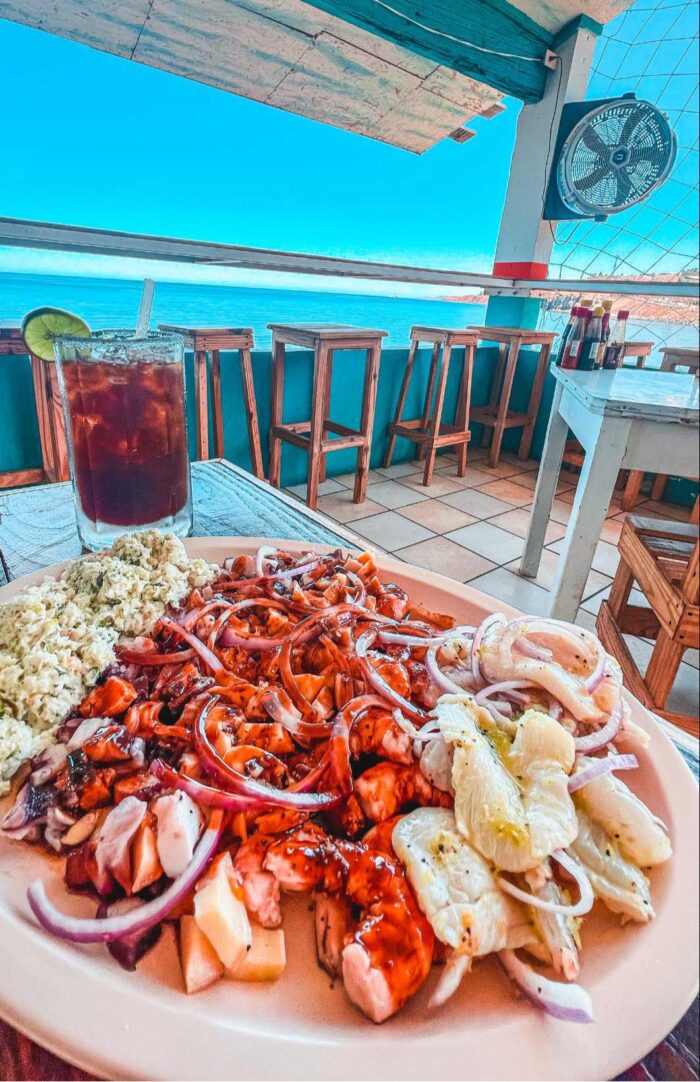
The Copper Rush in Cachanía

Continua en la historia
 Desliza a la izquierda para continuar
Desliza a la izquierda para continuar



Not even the arrival of the Jesuit missionaries to the region in the late 17th century brought about such an intense transformation in Santa Rosalía as the establishment of the French company El Boleo in 1885.
 This is how it changed the identity of the city forever.
This is how it changed the identity of the city forever.


 The story starts with José Rosas Villavicencio, an estate owner who, in the mid-19th century, found and took samples of bluish green spherical formations in an unpopulated region of Baja California Sur.
The story starts with José Rosas Villavicencio, an estate owner who, in the mid-19th century, found and took samples of bluish green spherical formations in an unpopulated region of Baja California Sur.
Later, Rosas had two Germans carry out geophysical prospecting at the site, and they discovered that it was a copper deposit. Mining began in 1868, and two years later, the mineral it produced was exported to England.
 Mexican copper came to the attention of the prominent French family, the Rothschilds. As a result, French sent two geologists to visit the region and determine the mine’s potential.
Mexican copper came to the attention of the prominent French family, the Rothschilds. As a result, French sent two geologists to visit the region and determine the mine’s potential.

 The Beginning of El Boleo Mine
The Beginning of El Boleo Mine
The mine promised to be a great business for the French, so in 1885 they succeeded in getting the president of Mexico, Porfirio Díaz at the time, to grant them a 50-year concession to exploit an extensive territory, stretching from Santa Rosalía to Mulegé.
 Thus, the Compagnie du Boleo, (El Boleo Company) was established in the region. And to accomplish its plan, it had to create a mining colony with houses, workshops, laboratories, worker campsites and even a railroad.
Thus, the Compagnie du Boleo, (El Boleo Company) was established in the region. And to accomplish its plan, it had to create a mining colony with houses, workshops, laboratories, worker campsites and even a railroad.

 That colony, located very close to the copper mine, would later be named Santa Rosalía.
That colony, located very close to the copper mine, would later be named Santa Rosalía.



 A Multicultural Community Takes Shape
A Multicultural Community Takes Shape
The French management and technicians constructed French-style buildings, homes, a school, a hospital, a dock and general offices for the company, in what is now the Historic Center of Santa Rosalía.
The mineworkers, however, were assigned to campsites on the outskirts. They were Yaquis and Yoremes from Sonora, as well as people from the state of Sinaloa. From within Baja California Sur, folks migrated from San Ignacio and Mulegé to work at the mine.
 There are two theories as to why the mine was named El Boleo. The first holds that it refers to the mineral boleita (boleite) discovered in the region, whereas the other hypothesis suggests that El Boleo referred to a grouping of balls, bolas in Spanish, since the copper found underground was spherical.
There are two theories as to why the mine was named El Boleo. The first holds that it refers to the mineral boleita (boleite) discovered in the region, whereas the other hypothesis suggests that El Boleo referred to a grouping of balls, bolas in Spanish, since the copper found underground was spherical.



 100 Tons a Day
100 Tons a Day
Five years later, in 1890, Santa Rosalía already had just over three and a half miles of railway, 5 locomotives, 118 carts for transporting mineral and coal, 11 platforms, 7 water tanks and a passenger car.
It was also equipped with the latest mining technology: six smelting furnaces able to process 100 tons of mineral a day.

El Boleo mine was so productive that it rivaled the copper mine in Cananea, Sonora for first place in copper production nationwide. Moreover, between 1900 and 1922, an estimated 11,000 to 14,000 tons of the valuable mineral were produced annually.



 An End to Prosperity
An End to Prosperity
In 1938, copper extraction declined, but manganese exploitation began, giving El Boleo 16 more years. Nevertheless, in 1954, the company considered the deposits to be exhausted and closed its operations in Mexico, causing an exodus of families to Sonora and Baja California Norte.
Finally, the Mexican authorities created a parastatal company that continued exploiting the mine until 1985, when it came to an end and over 500 workers were paid severance.
 Santa Rosalía was faced with the challenge of reinventing itself, and its mining past would be of great help in accomplishing that feat.
Santa Rosalía was faced with the challenge of reinventing itself, and its mining past would be of great help in accomplishing that feat.









